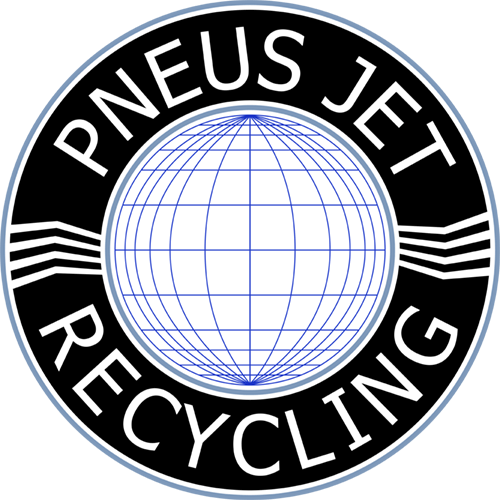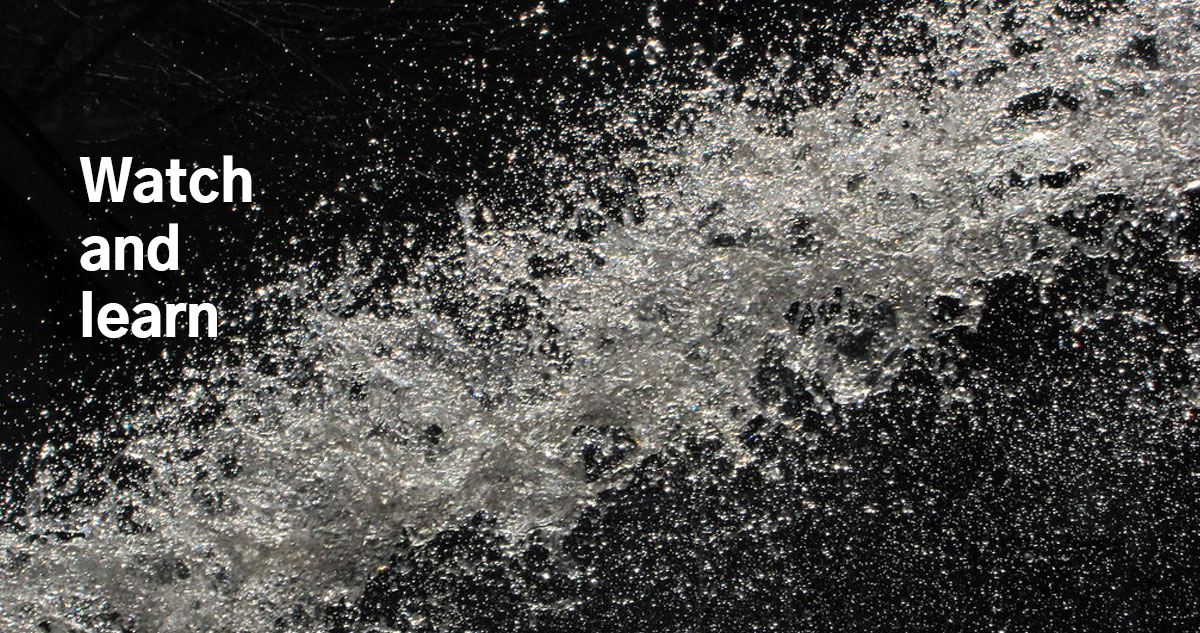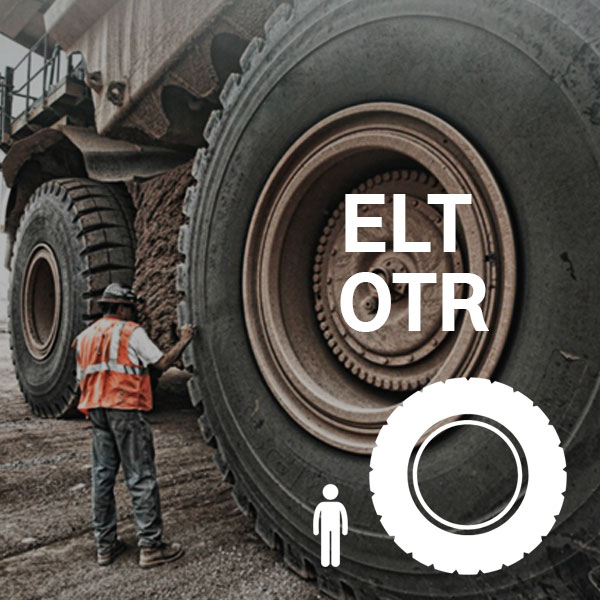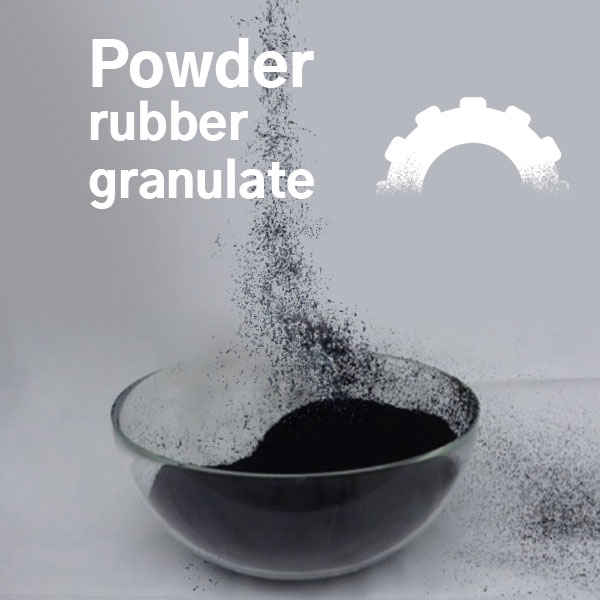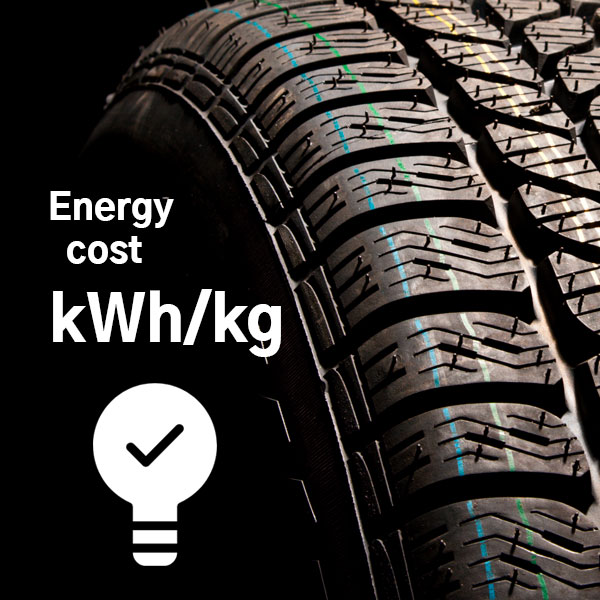Crambling and recycling of
Innovative process using patented methodology and equipment to solve a serious environmental problem only partially solved by the traditional systems available today.
About us
Pneus Jet Recycling designs and manufactures plants for the disposal of end-of-life tyres (PFU) with the formula "turnkey supply", adopting a process particularly suitable for the disposal and recovery of material (EoW) from medium and large dimensions tyres.
Currently, automotive, van and mine ELTs (OTR - Off The Road) do not find an adequate disposal system in traditional plants, as the power requirement is very high and the shredding leads to a considerable degradation of the machinery used.
The process developed by PJR takes advantage of a well-established technology in the industrial field: Water Jet at very high pressure, which allows us to completely separate the metal belt from the rubber of the ELT through our developed and patented machinery:
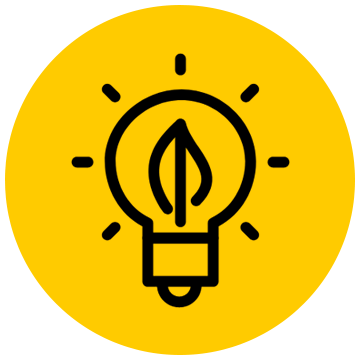
With the same grain size as the final product obtained, the power requirement by the Pneus Jet system is competitive with mechanical systems.

As the sizes of ELTs increase, the quality of rubber that can be recovered is always higher.
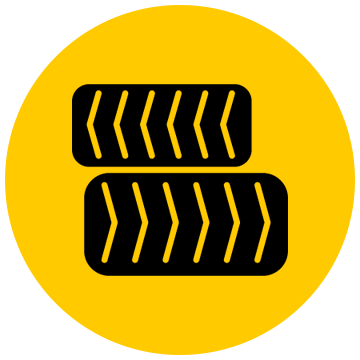
The quantitative yield of the process increases with increasing size.

Patented machines allow 100% of the tyre to be processed.
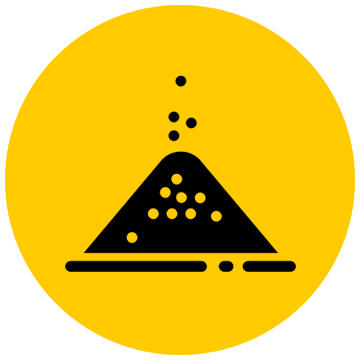
The powder obtained, compared to the traditional, has a high reactivity which makes it replaceable to virgin material.
Circular Economy
Thanks to the ability to process 100% of ELT, at the end of the recovery process (recycling), we will have all materials available that can be reused to give life to new products.
 ELT
ELTEconomy

 POWDER
POWDER NEW TYRES
NEW TYRESThe solution of an environmental problem
Water
The water used in the process is completely recycled in closed loop, and therefore the collection and discharge are only due to the restoration necessary to maintain the saline balance in the circuit; no sort of additive is used in the process and there is no solubilisation of substances contained in the tyres.
Powder
The rubber powder produced has the main characteristics: its reuse in compounds as a vulcanizable polymer to replace NBR Natural Rubber or SBR Synthetic Rubber represents a direct saving of natural resources, renewable in the first case (Natural latex) and non-renewable in the second case (Oil).
Metal belt
The metal belt that is separated has a rubber residue of less than 2% and has a significant economic value, since it is a good quality harmonic steel. To further enhance this fraction, studies and experiments have already been carried out to complete the production chain.
Air Emissions
From the point of view of emissions, the plant has the following aspects:
- fog and water steam which develop in the process of disintegration due to the action of the high pressure;
- water steam from the desiccator of the broken wet rubber;
- emissions from the high-efficiency boiler producing the heat for the dryer. Specifically, it could be replaced by a cogeneration system for the production of heat and electricity, which would optimize the energy aspect of the production cycle and reduce management costs.
Waste
The part of the tyre that is not recovered is about 5%, and consists mainly of pieces of rubber and steel no longer directly usable but which can be treated in a traditional mechanical plant.
The Plant
Scalar, modular, flexible, compact plant.
Treatment capacity of 2,000 Kg/hr of ELT - Up to 10,000 tons of ELT per year.
The «Standard» plant is designed and built in 6 months, and testing and fine-tuning takes a further 3 months. Pneus Jet recycling guarantees the operation of a new plant in about 9 months from the signature of the order.

The only system capable of treating 100% of the tyre and with diameters of more than 4 meters.
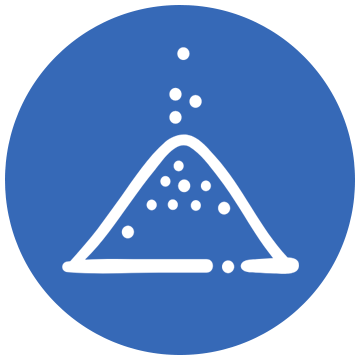
Production of rubber powder with high reactivity in the Compound thanks to a significant percentage of devulcanization and an exceptional specific surface.

No harmful emissions due to the cold process and closed loop water treatment cycle.
Distribution of final products
From ELT treatment, through our technology, we obtain the following materials:
- 70% Refined elastomeric powder, suitable as a substitute for virgin rubber in new rubber and thermoplastic products
- 25% Steel with industrial standard, Textile-free and with a low rubber content and a purity exceeding 97%
- 5% Rubber with steel residues
Applications
The PJR technology crumbles up the ELTs and separates the rubber from the metal belt in an economic and effective way, allowing the recovery of material up to 95%.
The reuse of the rubber powder is part of the most varied solutions, which include not only industrial applications but also the insertion in bituminous compounds for modified asphalts.
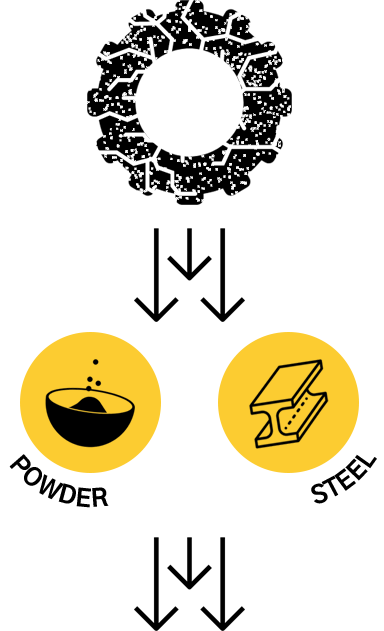


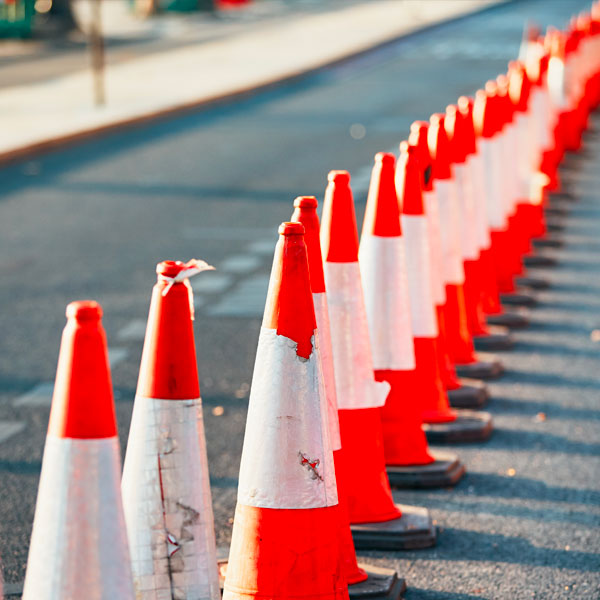
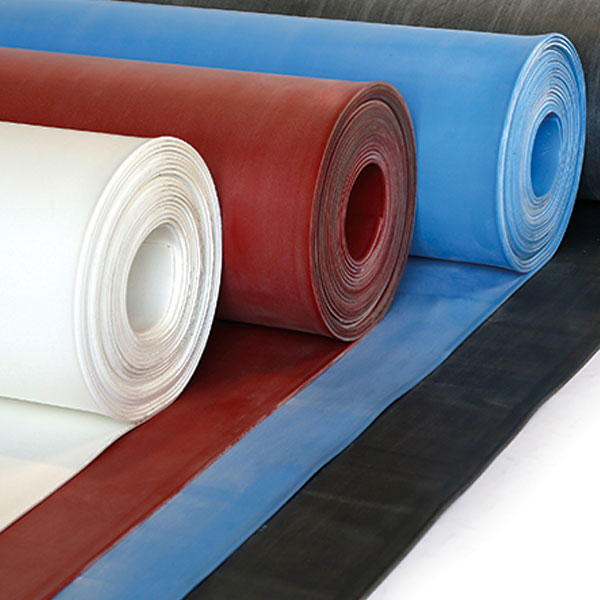

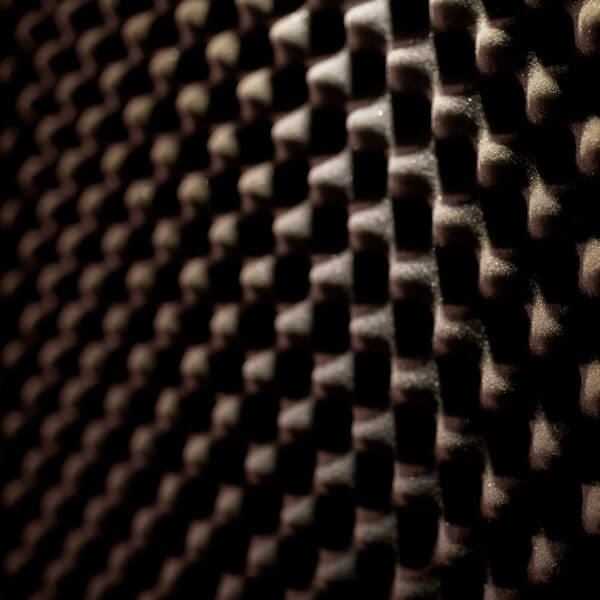
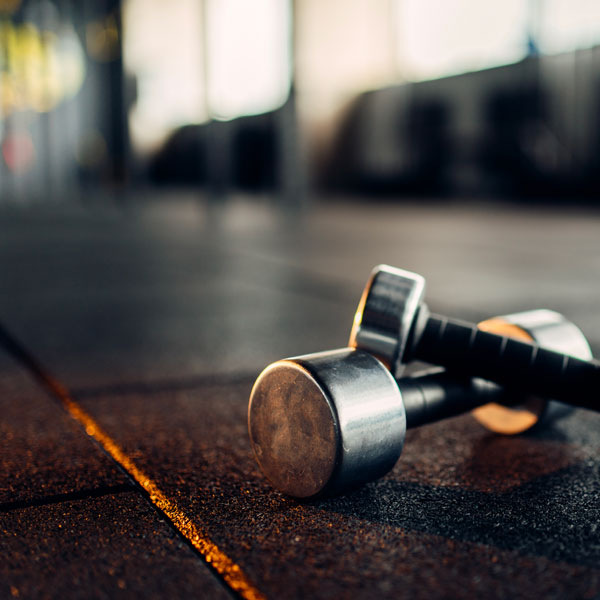
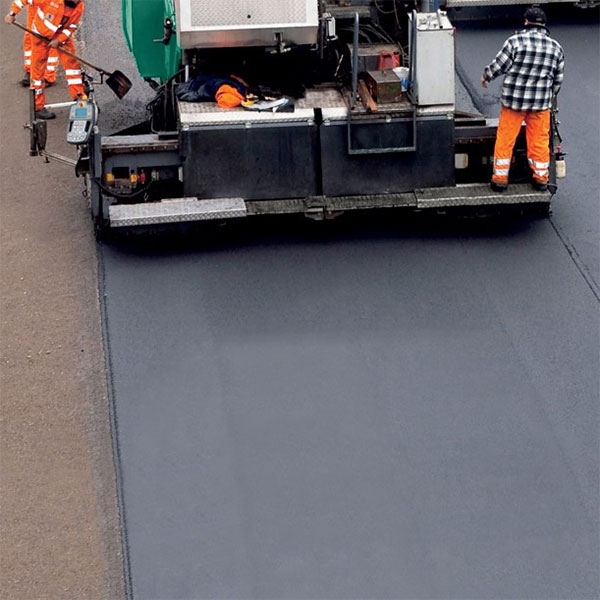
Contact
Are you interested in our project? Contact us for more information.
